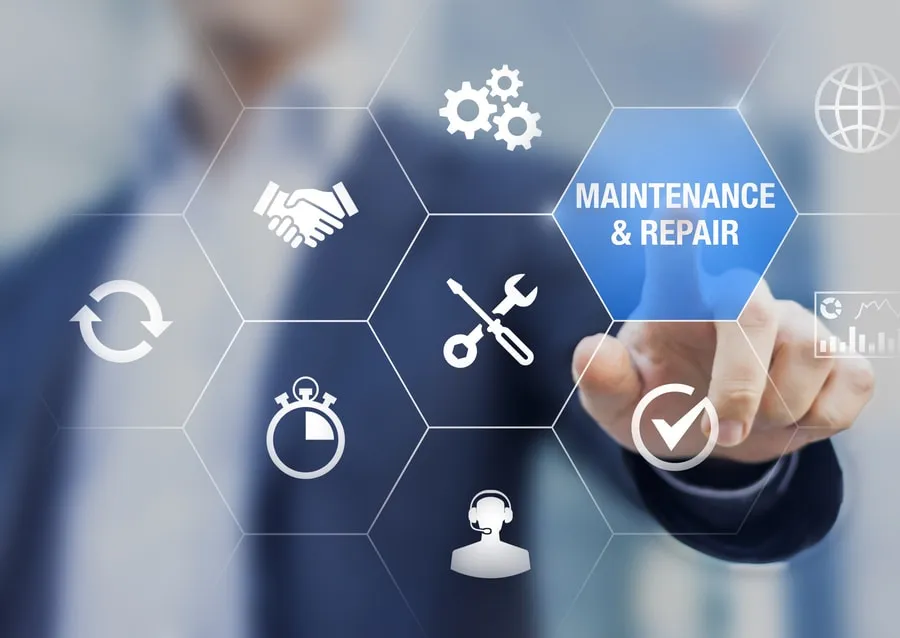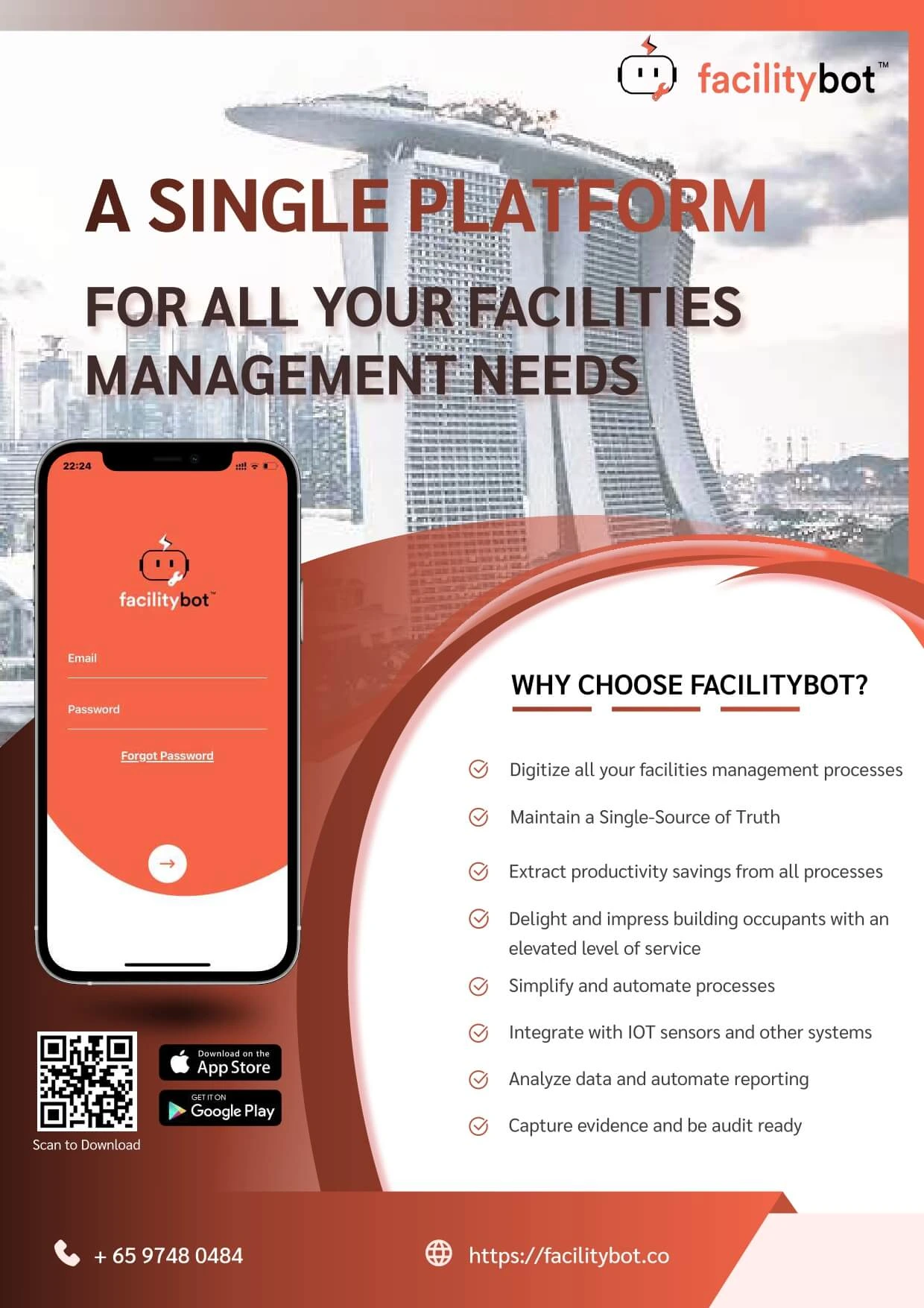Introduction: In the dynamic world of facility management, preventive maintenance emerges as a cornerstone for ensuring the reliability and longevity of equipment. In this comprehensive article, we set out to explore five proven ways in which CMMS (Computerized Maintenance Management System) revolutionizes preventive maintenance processes. From streamlined work order generation to data-driven decision-making, we will provide valuable insights into the benefits of each approach. Through real-life examples and success stories, we will showcase the transformative impact of these practices on reducing downtime and minimizing maintenance costs. This content aims to be informative and well-structured, offering practical guidance for facility managers seeking to optimize their preventive maintenance strategies.
1. Streamlined Work Order Generation
Facility managers understand the time and effort required to create work orders for preventive maintenance tasks manually. CMMS streamlines this process by automating work order generation based on predefined schedules or condition-based triggers. By integrating with asset databases and maintenance history, CMMS can automatically assign tasks to the right personnel and alert them when maintenance is due. This streamlined approach not only saves time but also minimizes the risk of human error in work order creation. Facility managers can focus on more strategic tasks, ensuring that preventive maintenance is efficiently executed across the facility.
For example, consider a large manufacturing plant that relies on preventive maintenance to keep its machinery running smoothly. With CMMS, the facility manager sets up maintenance schedules based on equipment usage and performance data. The system automatically generates work orders and assigns them to the appropriate technicians based on their expertise. This streamlined process ensures that the maintenance team addresses potential issues proactively, reducing unexpected breakdowns and production downtime.
2. Centralized Asset Management
Effective preventive maintenance requires comprehensive asset management, including accurate and up-to-date information about each asset’s maintenance history, manuals, and spare parts inventory. CMMS centralizes asset information, allowing facility managers to create detailed asset profiles, set maintenance schedules, and track maintenance activities from a single dashboard. Having a centralized repository of asset data ensures that all stakeholders have access to the most current information, facilitating better decision-making.
For instance, in a multi-building facility, a CMMS system enables the facility manager to access real-time data on each building’s assets. They can quickly identify critical assets requiring preventive maintenance and allocate resources accordingly. With a holistic view of asset health, the facility manager can prioritize preventive maintenance tasks and minimize unplanned downtime, resulting in optimized equipment performance and enhanced facility productivity.
3. Data-Driven Maintenance Planning
Data is the backbone of effective preventive maintenance, and CMMS plays a vital role in capturing, organizing, and analyzing maintenance data. By leveraging historical maintenance data, facility managers can identify patterns, detect equipment deterioration trends, and make data-driven decisions for maintenance planning. This proactive approach helps facility managers optimize maintenance intervals, anticipate equipment failures, and address potential issues before they become critical problems.
For example, a university campus with numerous buildings and assets uses CMMS to analyze maintenance data from previous years. By doing so, the facility manager identifies that specific HVAC systems consistently require repairs during a particular season. Armed with this knowledge, the maintenance team schedules proactive inspections and preventive maintenance for those systems before the critical season, effectively reducing the likelihood of breakdowns and enhancing the overall campus experience.
4. Mobile CMMS Applications
In the fast-paced world of facility management, having real-time access to maintenance data is essential for effective preventive maintenance. Mobile CMMS applications bring CMMS functionality to facility managers’ smartphones or tablets, enabling them to create work orders, track maintenance progress, and access critical data on the go. This mobility empowers facility managers to respond quickly to maintenance requests, prioritize tasks, and oversee preventive maintenance efforts in real-time.
Consider a facility manager overseeing a chain of retail stores. With CMMS mobile applications, they can easily view maintenance requests and asset performance data while visiting different store locations. If they notice an asset exhibiting signs of potential failure during a store visit, they can immediately create a work order for preventive maintenance, ensuring that the issue is addressed before it impacts the store’s operations.
5. Integration with IoT for Condition-Based Maintenance
The integration of CMMS with IoT technologies enables a shift from traditional time-based preventive maintenance to condition-based maintenance. IoT sensors provide real-time data on equipment performance, environmental conditions, and asset health. By combining this data with CMMS analytics, facility managers can perform maintenance precisely when needed, avoiding both over-maintenance and under-maintenance scenarios.
For example, an office building with integrated IoT sensors monitors its HVAC system’s performance in real-time. When the sensors detect a decline in airflow or an increase in energy consumption, the CMMS triggers a work order for maintenance. The maintenance team can then promptly inspect and address the issue, preventing potential equipment failure and optimizing energy efficiency.
Conclusion: As we conclude this illuminating exploration, the value of CMMS in streamlining preventive maintenance becomes evident. Through streamlined work order generation, centralized asset management, data-driven maintenance planning, mobile CMMS applications, and IoT integration, facility managers can enhance maintenance efficiency and optimize equipment performance. By embracing FacilityBot, our leading CMMS software, facility managers can harness these proven strategies and elevate their preventive maintenance approach. With data-driven insights, streamlined processes, and efficient tools, preventive maintenance becomes a powerful tool for achieving maximum facility reliability and performance. Embrace the transformative power of CMMS and unlock the path to preventive maintenance excellence.




